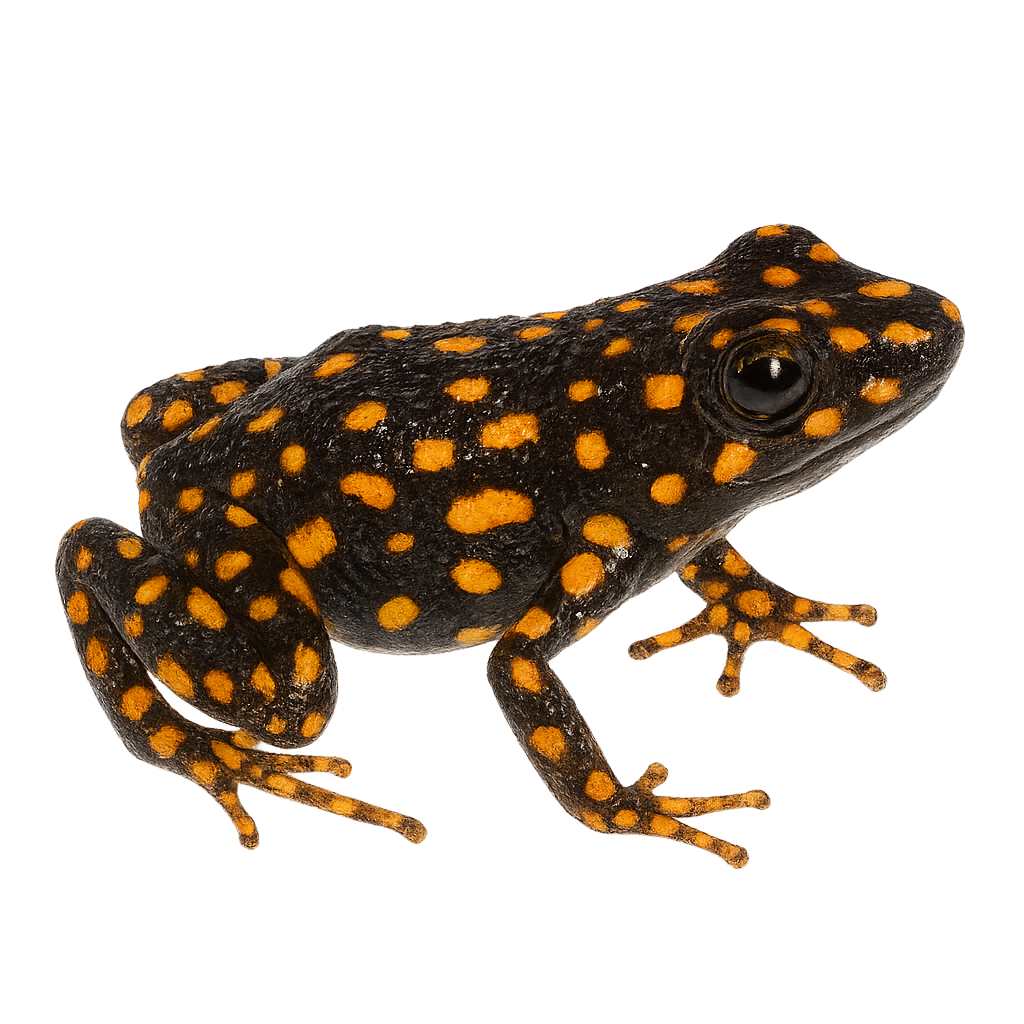Your wildlife photography guide.
Explore the darwin wallace poison-frog in detail, study its behavior, prepare your shots.
Where to observe and photograph the darwin wallace poison-frog in the wild
Learn where and when to spot the darwin wallace poison-frog in the wild, how to identify the species based on distinctive features, and what natural environments it inhabits. The WildlifePhotographer app offers tailored photography tips that reflect the darwin wallace poison-frog’s behavior, helping you capture better wildlife images. Explore the full species profile for key information including description, habitat, active periods, and approach techniques.
Darwin Wallace poison‑frog
Scientific name: Epipedobates darwinwallacei

IUCN Status: Near Threatened
Family: DENDROBATIDAE
Group: Amphibians
Sensitivity to human approach: Suspicious
Minimum approach distance: 2 m
Reproduction period: February to March
Incubation: 10–14 jours
Births: March to April
Habitat:
Humid tropical forests, lush undergrowth
Activity period :
Primarily active during the day, with peak activity in the morning and late afternoon.
Identification and description:
The Darwin Wallace poison‑frog, Epipedobates darwinwallacei, is a fascinating species from the Dendrobatidae family. It is endemic to the humid tropical forests of Ecuador, primarily inhabiting lush undergrowth. This frog is distinguished by its bright colors and complex patterns, which serve to warn predators of its toxicity. It typically measures between 20 and 25 mm in length, making it a small species. Its distinctive call is often heard during the rainy season, when it is most active. The Darwin Wallace poison‑frog plays a crucial role in the ecosystem by regulating insect populations and serving as a bioindicator of environmental health.
Recommended lens:
Macro – adjust based on distance, desired framing (portrait or habitat), and approach conditions.
Photography tips:
To photograph the Darwin Wallace poison‑frog, it's essential to use a macro lens to capture the details of its colorful patterns. Approach slowly and maintain a distance of about 2 m to avoid disturbing it. Opt for times of the day when natural light is soft, such as early morning or late afternoon, to avoid harsh shadows. Use a tripod to stabilize your camera for sharp images. Be patient and wait for the frog to relax to capture natural behaviors.
The WildlifePhotographer App is coming soon!
Be the first to explore the best nature spots, track rutting seasons, log your observations, and observe more wildlife.
Already 1 431 wildlife lovers subscribed worldwide

